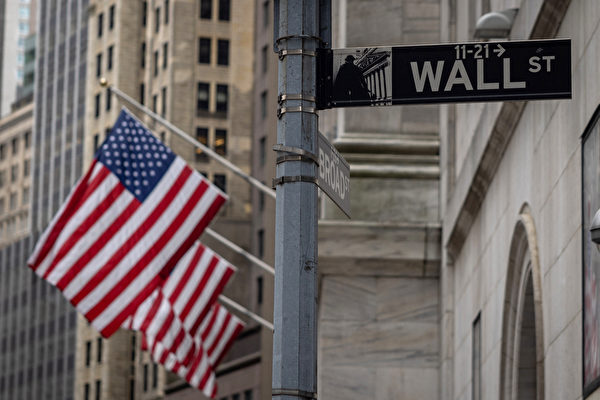Despite the latest round of panic selling in the Chinese stock market, the U.S. stock market remained relatively strong on Wednesday (October 9th).
The S&P 500 index rose by 0.1% in early trading and approached the historic high set last week. By 10 a.m. Eastern Time, the Dow Jones Industrial Average was up 155 points, a 0.4% increase, while the Nasdaq Composite Index fell by 0.2%.
Following the breakdown in labor negotiations, Boeing plummeted by 2.5% after retracting its contract offer, making it one of the biggest losers in the market. Boeing had initially planned to raise wages for striking workers by 30% over a four-year period.
Alphabet also had a significant impact on the market. The company’s stock price dropped by 2% as the U.S. Department of Justice considers requesting a federal judge to break up its Google business. This breakup is one of many potential remedies currently under review.
However, other companies such as airlines and cruise lines reaped substantial profits due to strong growth in the U.S. job market, offsetting the aforementioned losses. Analysts at Citigroup raised their stock rating for Norwegian Cruise Line and indicated that there is data suggesting that the momentum in the cruise industry “will continue through 2025 and beyond,” driving the company’s stock price up by 8.3%.
Following the largest monthly drop in the S&P 500 index on Monday, bond yields and oil prices remained relatively stable or experienced slight declines.
Before Wall Street showed a relatively moderate trend, the Chinese stock market had another wild day. The Shanghai stock market plummeted by 6.6%, marking its largest decline since February 2020 when concerns about viruses in Wuhan and other cities arose. After falling by over 9% the previous day, the Hang Seng index in Hong Kong dropped by 1.4% today, marking its largest decline since the 2008 global financial crisis.
The Chinese government had set a growth target of around 5% for the year, but the economic growth rate in the fourth quarter of last year was only 4.7%, leading economists to lower their expectations for the full-year economic outlook.
Measures announced by the Chinese government at the end of September had initially boosted the stock market, but subsequently failed. Analysts pointed out that the National Development and Reform Commission, the main planning institution of the Chinese government, is unlikely to reveal much information about government spending at their press conference held on Tuesday, as this falls within the jurisdiction of the Ministry of Finance.
The Chinese Ministry of Finance is set to hold a press conference on Saturday, where they may further disclose government spending plans. However, so far, these spending plans have not met investors’ expectations.
So far this year, the Shanghai Composite Index has risen by 9.5%, while the Hong Kong index has increased by 21.1%.
Indices in other regions around the world showed more stable performance, with Japan and Germany rising by 0.9% and 0.2% respectively.
Turning to the oil market, oil prices continued to fall. The international benchmark Brent crude price dropped by 2.1% to $75.55 after briefly surpassing $81 earlier in the week. The U.S. benchmark crude price fell by 1.8% to $72.23 per barrel.
In the bond market, the 10-year Treasury bond yield rose slightly from 4.01% on Tuesday evening to 4.04%. The two-year Treasury bond yield also experienced a small increase from 3.96% to 3.98%, with this yield closely tied to market expectations regarding interest rates.
(Adapted from reports by The Associated Press)

